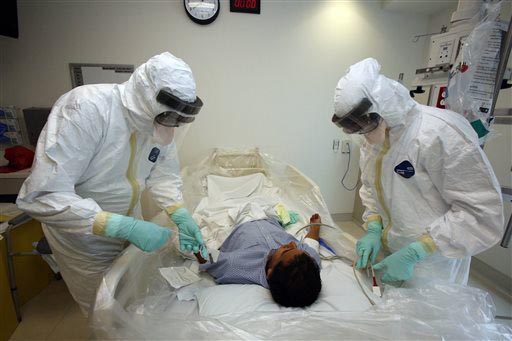
Noah Wilbur | Opinions Editor
03/11/2021
Nearly one year ago, former President Donald Trump signed into law the $2.2 trillion Coronavirus Aid, Relief, and Economic Security Act — the largest of its kind in American history. Commonly known as the CARES Act, this emergency relief bill promised to support individuals, families and businesses while also stimulating the broader economy in response to the coronavirus pandemic.
Equivalent to 10% of U.S. gross domestic product, the CARES Act exceeded — both in size and scope — any relief bill before it. Although much debate over its effectiveness has now taken place, one thing we can all agree on is that this stimulus package did indeed keep America’s head above water during one of the most tumultuous and unprecedented time periods on record.
Now, with a new president in office and the COVID-19 crisis slowly improving, the Land of the Free is attempting to turn the corner on the pandemic once and for all as Republican and Democratic lawmakers have spent the last several weeks duking it out over additional economic aid.
From $1,400 direct checks and anti-poverty programs, to funding for vaccine distribution and substantial aid for local and state governments, this next round of stimulus promises to deliver everything the two before it lacked. President Biden’s $1.9 trillion relief bill — dubbed the American Rescue Plan — aims to support the least well-off Americans who are bearing the brunt of the pain.
Whereas Trump was primarily focused on reigniting the economy, Biden has narrowed his attention on alleviating poverty and other forms of impoverishment induced and even further worsened by the pandemic ravaging across the country.
For example, the main difference is that Biden’s American Rescue Plan allocates a considerable portion of funds to the most vulnerable social groups and communities struggling to get back on track and make ends meet. In contrast, the majority of funds from the Cares Act was distributed to small businesses and major corporations in order to spark the economy and keep unemployment at bay.
Opponents of the next relief package question whether or not this much stimulus is necessary after nearly $3 trillion in emergency funding since the arrival of COVID-19. Not to mention, they also point to the fact that the bill is too broad in nature by including policy that is irrelevant to the objective at hand, with House Minority Leader Kevin McCarthy and Senate Minority Leader Mitch McConnell both calling it a Democratic “wish list.”
Admittedly, both sides have valid and relevant arguments that have been heard and hashed out inside the U.S. Capitol in recent weeks. That being said, as the population grows closer to herd immunity every passing day, the truth of the matter is that one last round of economic stimulus is the catalyst needed in order to resolve the ongoing issues plaguing millions of vulnerable Americans and finally return to some sort of normalcy.
Put simply, where the first two relief bills were intended to, and successfully kept, America afloat during a time of immense uncertainty, the American Rescue Plan holds the power to help our great country turn the corner on the pandemic and make a full recovery.
In an unusual year with too many ups and down to count, the light at the end of the tunnel is truly nearing as we are closer than ever to no longer living with the constant fear of contracting the virus and possibly spreading it to friends and family. Therefore, I am in full support of Biden’s stimulus package as I believe it holds the power to rescue the American economy by bridging the gap that has been keeping us from returning to a pre-pandemic world for over a year.



